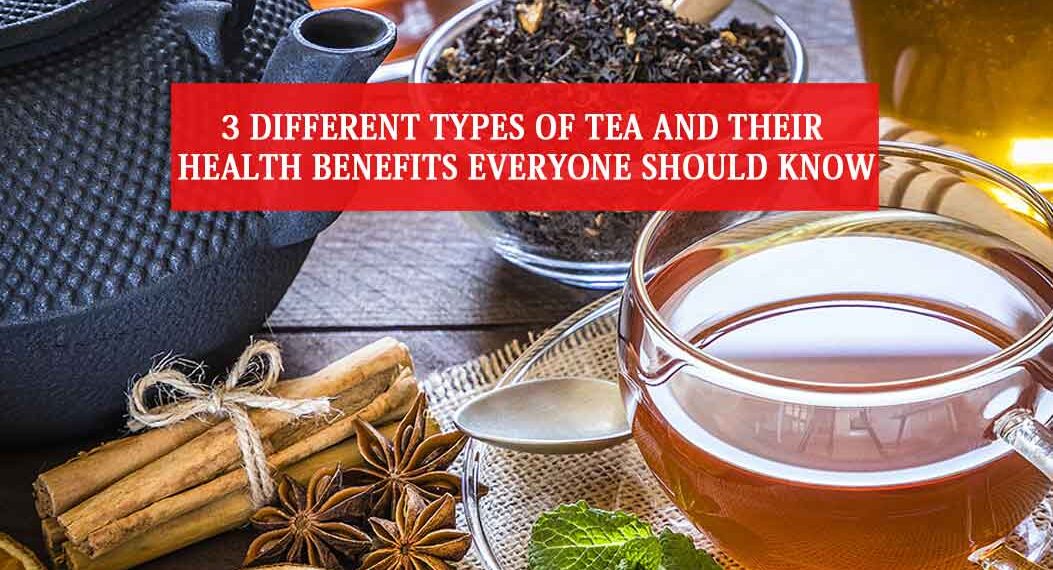One of the most wildly popular and beloved beverages in the world is tea. It is one of the oldest beverages in the world still enjoyed, with pieces of evidence pointing to tea consumption starting as early as the 3rd century AD in China. There is a wide variety of teas with many new flavours and blends getting invented often. There are many tea lovers whose days are not complete without their daily cup. Such is the power of a good cup of tea. For someone to call themselves a tea specialist, they should have in-depth knowledge about tea, its preparation methods and its benefits. Yes, tea has many medicinal properties and is beneficial for health.
The leaves of a plant called Camellia sinensis is the main ingredient in tea. Boiling the leaves and buds of this plant gives the tea its distinct flavour. While this is the original type of tea, drinks made from other leaves and flowers come under the group “herbal tea”. Chamomile, hibiscus, peppermint are some of the popular herbal teas. Black tea, green tea, oolong, white tea, Pu-erh are the teas that use Camellia sinensis leaves and are sometimes known as “true tea”. Read on to know about the various types of tea and the health benefits they carry.
- Green tea
Green tea was originated in China and is one of the most popular teas worldwide. Unlike other teas, green tea uses fresh unoxidised Camellia sinensis leaves and hence, it is rich in antioxidants. Catechins like epigallocatechin-3-gallate and compounds like polyphenols are found aplenty in green tea, making it a healthy beverage.
Benefits:
Green tea is said to possess anti-inflammatory properties. Consuming green tea on the regular is said to lower cholesterol and reduce the risk of strokes. Researchers have also found that green tea helps with memory and also Alzheimer’s disease. Green tea is also said to improve digestion and increase metabolism. It also regulates the temperature of the body and helps with skin inflammation.
- Oolong tea
Oolong tea is a Chinese tea popular in South East Asia. Camellia sinensis leaves are partially oxidised and withered to make Oolong tea. There are different varieties of this tea, depending upon the way the leaves are processed. While one involves rolling the leaves, the other style curls the leaves. People who consider themselves tea specialists are usually familiar with the varieties of each tea.
Benefits:
Oolong tea contains many vitamins and minerals like calcium, magnesium and potassium in small quantities. They also have antioxidants like theaflavins and thearubigins. Research has suggested that oolong tea might help maintain blood sugar levels. The amino acid L-theanine present in oolong also helps one relax. There are also studies of oolong tea aiding in weight loss and eczema.
- Pu-erh tea
Pu-erh is a type of tea from China that is oxidised and fermented to create a distinct flavour. There are two steps involved in Pu-erh tea processing. In the first step, the leaves are dried and then dry roasted. After this, the leaves are rubbed and shaped to bruise slightly. Then, itundergoes fermentation in the next step to create its dark, rich flavour.
This tea takes a longer time to process because of the fermentation. It might even take a few years in some cases.
Benefits:
Pu-erh tea is said to reduce cholesterol levels. Research has also suggested Pu-erh helps to improve eyesight and blood circulation. It also helps to manage metabolic syndrome and soothe chronic inflammation.


























